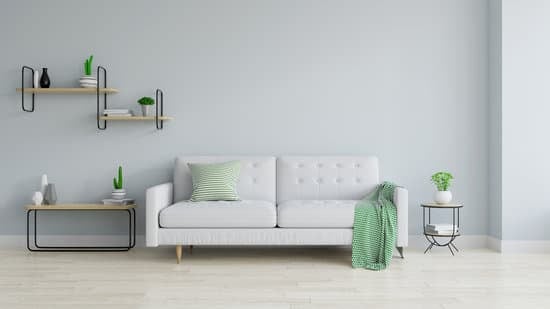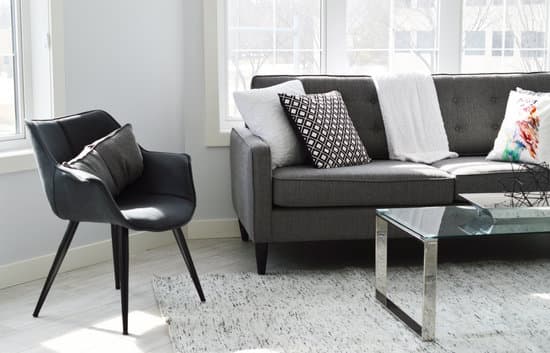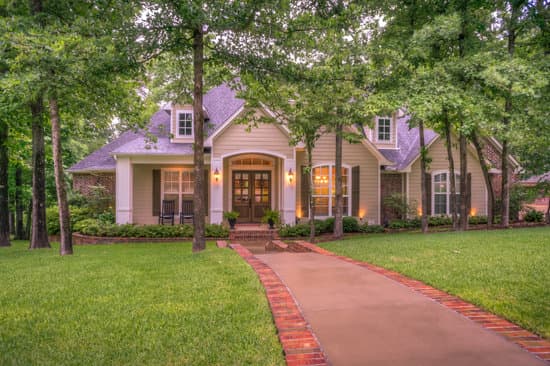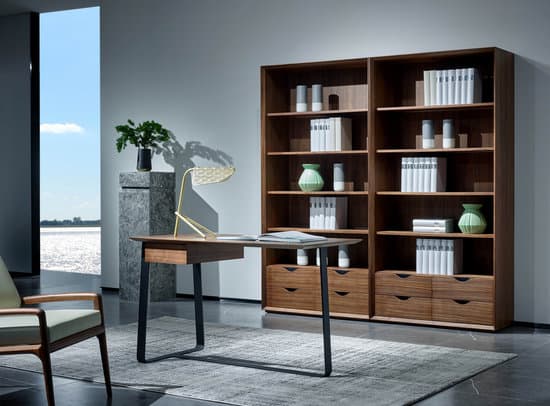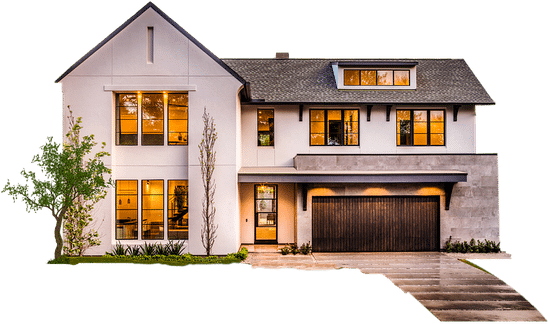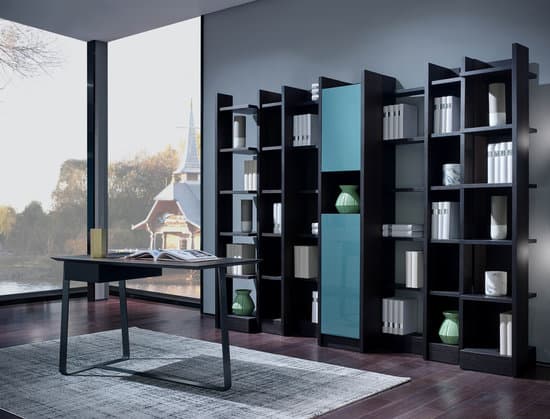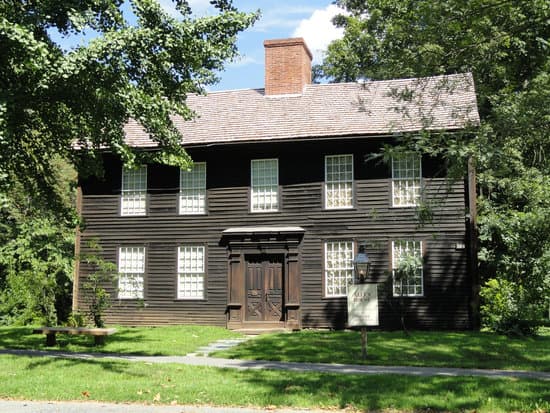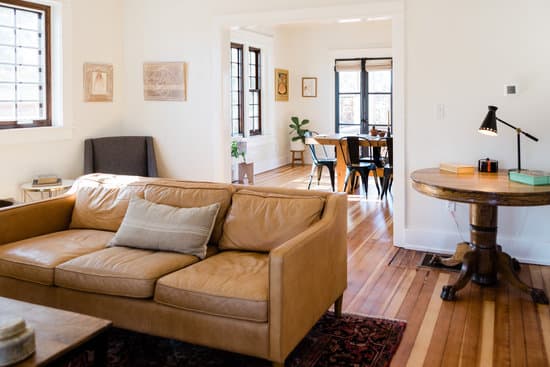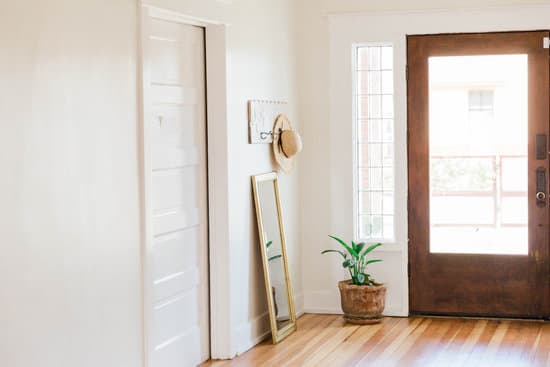Neoclassical Architecture: An Overview
Neoclassical architecture is characterized by its adherence to Classical principles of architecture. It was a popular style in the 18th and 19th centuries, during a time when Europe was experiencing the Enlightenment and a renewed interest in ancient Greece and Rome. Neoclassical architecture aimed to revive the principles and forms of Classical architecture that had been lost during the Baroque and Rococo periods. There are three main types of Neoclassical architecture – Classic Block, Temple, and Palladian. Each type has its unique characteristics that reflect the principles of classical architecture.Classic Block: The First Variation
The Classic Block style of Neoclassical architecture is the most straightforward of the three. It is characterized by a simple rectangular block with a flat roof and a front façade that is usually unadorned. The façade is typically divided into three parts – a central section that is slightly projecting and two side sections that are slightly recessed. The Key Features of Classic Block Style:- A rectangular block form.
- Flat roof, low ceilings.
- Simple, unadorned façade.
- Horizontal emphasis (with three-part division)
Temple: A Distinctive Style of Neoclassical Architecture
In contrast, the Temple style of Neoclassical architecture is characterized by front façade that is inspired by classical Greek and Roman temples. The temple façade is typically characterized by the presence of a portico (roof supported by columns) with a pediment (a triangular shape feature) above it. The Key Features of Temple Style:- Resembles a Greek or Roman temple.
- A portico with columns that support a pediment.
- Front façade heavier and more dominant than the Classic Block.
- Vertical emphasis (columns that support a pediment).
- Use of decorative motifs and details, such as moldings and friezes.
Palladian: A Reinterpretation of Classical Forms
Palladian style is a reinterpretation of classical forms and principles with a focus on symmetry and proportion. This style is characterized by a front façade that is typically symmetrical and has a central portico with columns. The portico is usually flanked by smaller porticos or wings. Palladian design also pays particular attention to the design of the interior, including the layout of rooms, furniture, and decoration. The Key Features of Palladian Style:- Symmetry and proportion are key elements.
- Central portico with columns and flanking wings.
- Horizontal and vertical emphasis.
- The use of classical motifs and decorations, such as pediments and moldings.
- Attention to interior design and decoration.
The Role of Neoclassical Architecture in Contemporary Design
Neoclassical architecture continues to be a popular style for contemporary buildings. It is often used to give a sense of grandeur and formality to public buildings and civic spaces. Architects often select and combine elements of Neoclassical design in order to create unique and innovative building designs that reflect the principles and forms of classical architecture. Advantages of Using Neoclassical Architecture in Contemporary Design:- Establishes grandeur and formality in public spaces.
- Unequivocal sense of proportion and symmetry.
- Evokes tradition, history, and culture.
- Functional and practical design.
- Provides firm reassurance to the community.
Identifying Neoclassical Style in Building Design
The three types of Neoclassical styles – Classic Block, Temple, and Palladian – have distinct characteristics and can be easily identified in building design. Classic Block style typically has a simple, unadorned façade that is characterized by three-part division. Temple style uses motifs and details that are inspired by Greek and Roman architecture, such as the use of columns to support a pediment. Palladian style focuses on symmetry and proportion and includes a central portico with columns and flanking wings. Some of the Common Features of Neoclassical Architecture:- Order and rationality.
- Emphasis on symmetry and proportion.
- Classical motifs and decorations.
- Clean lines and simple forms.
- Use of columns and pediments.







